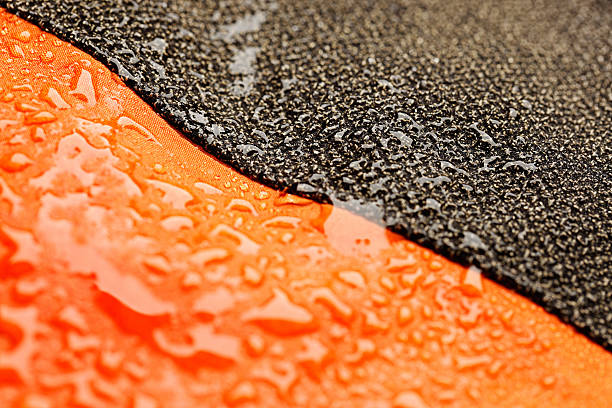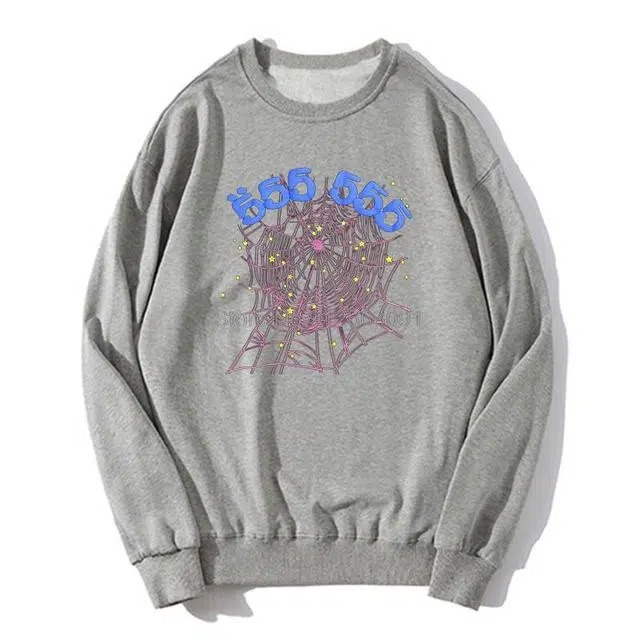
Timeless Elegance: A Guide to Ladies Linen Jackets
Ladies linen jackets have long been a staple in fashion for their classic charm, lightweight feel, and versatility. Whether you’re dressing for summer outings, layering for cooler seasons, or simply looking to add a touch of sophistication to your wardrobe, linen jackets are an excellent choice. In this article, we’ll explore what makes linen jackets so special, the benefits they offer, styling tips, and why every woman should own at least one.
What Makes Linen Special?
Linen is a natural fabric derived from the flax plant. Known for its breathable and moisture-wicking properties, it’s ideal for warm weather and comfortable layering. Linen jackets, in particular, provide structure and elegance while maintaining a relaxed, effortless look.
Compared to synthetic materials, linen is sustainable, biodegradable, and durable, making it an eco-friendly option for conscious consumers. The natural texture and slightly wrinkled finish give linen jackets their distinctive aesthetic appeal, perfect for casual and formal settings.
Benefits of Ladies Linen Jackets
- Breathable and Lightweight
Linen jackets are perfect for warmer climates, as the fabric allows air to circulate and keeps you cool. Unlike heavier materials, linen doesn’t cling to the skin, ensuring maximum comfort even on hot days. - Effortless Style
The slightly crinkled texture of linen creates a laid-back yet polished vibe, making these jackets ideal for achieving a chic look with minimal effort. Pair them with jeans, dresses, or skirts for versatile styling. - Sustainable Choice
Linen is one of the most eco-friendly fabrics, requiring less water and pesticides to produce than cotton. By choosing a linen jacket, you’re supporting a more sustainable fashion industry. - Durability
Linen gets stronger with every wash, ensuring your jacket lasts for years without losing its charm. This durability makes linen a smart investment for your wardrobe. - Seasonal Adaptability
While linen is often associated with summer, it’s a versatile fabric that transitions well into other seasons. Layer a linen jacket over a turtleneck or under a coat during cooler months for a stylish, layered look.
Styling Ladies Linen Jackets
1. Summer Chic:
For a breezy summer outfit, pair a white linen jacket with a flowy maxi dress or tailored shorts and a tank top. Complete the look with sandals or espadrilles for a relaxed, vacation-ready ensemble.
2. Office Ready:
A neutral-toned linen jacket in beige, gray, or navy adds sophistication to office attire. Wear it over a crisp button-down shirt with tailored trousers or a pencil skirt. Choose minimal accessories to keep the focus on your outfit.
3. Weekend Casual:
Elevate your weekend wardrobe by styling a cropped linen jacket with high-waisted jeans and a graphic tee. Add sneakers or ankle boots for a modern, casual look.
4. Evening Elegance:
For a night out, opt for a black or dark-colored linen jacket over a fitted dress or sleek jumpsuit. Heels and statement jewelry can take this outfit from casual to classy in seconds.
Choosing the Right Linen Jacket
When shopping for a linen jacket, consider the following:
- Fit and Cut: Decide whether you prefer a tailored fit for a polished look or a relaxed, oversized cut for a more casual vibe.
- Color: Neutral shades like white, beige, and gray are timeless, but don’t shy away from pastel or earthy tones for a pop of color.
- Length: Shorter jackets pair well with high-waisted outfits, while longer styles create a flattering silhouette over dresses or tunics.
- Details: Look for features like pockets, button styles, and lapels to suit your personal taste.
Caring for Your Linen Jacket
Linen is relatively low-maintenance, but proper care can prolong the life of your jacket:
- Washing: Opt for gentle handwashing or a delicate machine cycle with cold water to prevent shrinkage.
- Drying: Air-dry your jacket to maintain its shape. Avoid tumble drying, which can damage the fabric.
- Ironing: Linen’s natural wrinkles are part of its charm, but if you prefer a smoother look, use a warm iron while the fabric is still slightly damp.
Why Invest in Ladies Linen Jackets?
Ladies linen jackets are more than just a fashion piece—they’re a lifestyle choice that combines practicality, elegance, and sustainability. With their ability to effortlessly transition between seasons and occasions, these jackets are an invaluable addition to any wardrobe.
By investing in a high-quality linen jacket, you’re choosing a garment that aligns with eco-conscious values while enhancing your personal style. From casual weekends to formal events, linen jackets offer unmatched versatility, making them a must-have for every modern woman.
Whether you’re new to linen or already a fan of its natural beauty, there’s no denying the timeless appeal of ladies linen jackets. Add one to your collection today, and enjoy the perfect balance of comfort, style, and sustainability!



